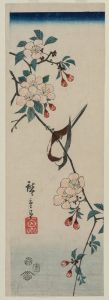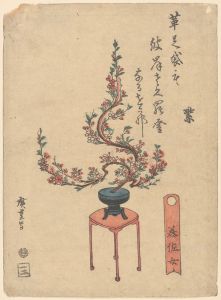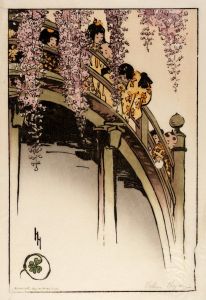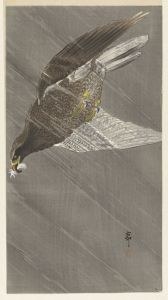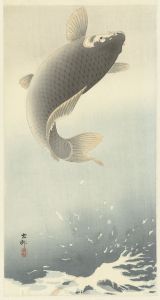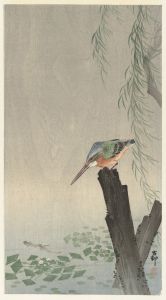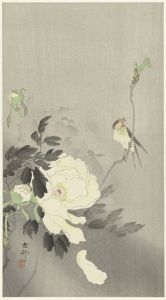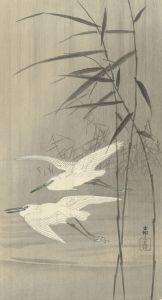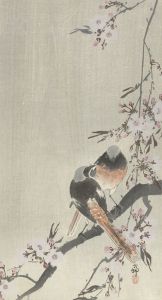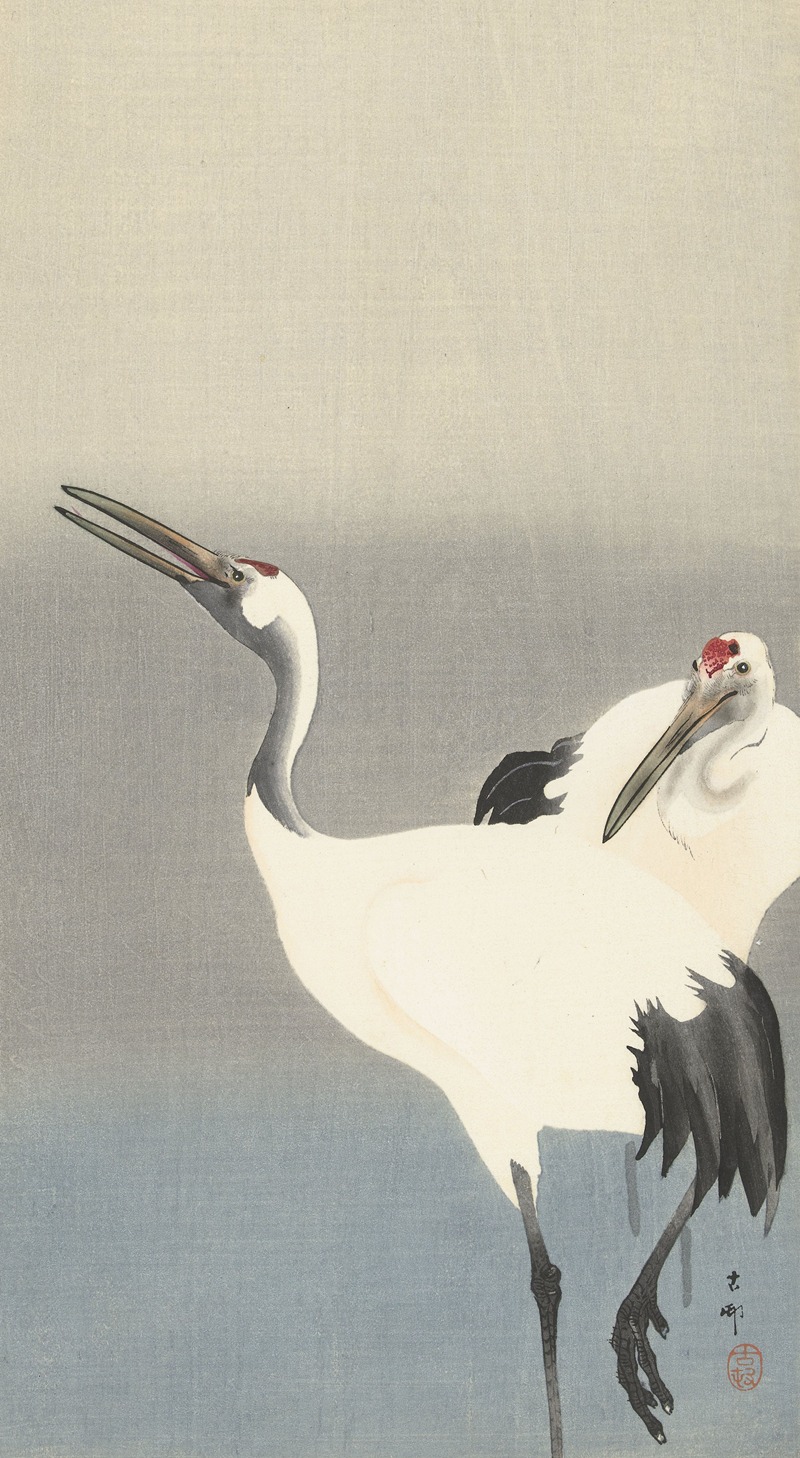
Two cranes
A hand-painted replica of Ohara Koson’s masterpiece Two cranes, meticulously crafted by professional artists to capture the true essence of the original. Each piece is created with museum-quality canvas and rare mineral pigments, carefully painted by experienced artists with delicate brushstrokes and rich, layered colors to perfectly recreate the texture of the original artwork. Unlike machine-printed reproductions, this hand-painted version brings the painting to life, infused with the artist’s emotions and skill in every stroke. Whether for personal collection or home decoration, it instantly elevates the artistic atmosphere of any space.
Ohara Koson (1877–1945) was a prominent Japanese artist known for his exquisite woodblock prints, particularly those depicting birds and flowers, a genre known as kachō-e. Among his celebrated works is the piece titled "Two Cranes," which exemplifies his mastery in capturing the elegance and grace of avian subjects.
"Two Cranes" is a woodblock print that features a pair of cranes, a bird species that holds significant cultural symbolism in Japan. Cranes are often associated with longevity, good fortune, and fidelity, making them a popular subject in Japanese art. Koson's depiction of these birds is characterized by his attention to detail and the delicate rendering of their plumage, which showcases his skill in the traditional ukiyo-e style.
Koson's work is part of the shin-hanga movement, which emerged in the early 20th century as a revival of traditional ukiyo-e art. This movement aimed to rejuvenate the classic woodblock print by incorporating Western elements such as perspective and shading while maintaining traditional Japanese themes and techniques. Koson was a key figure in this movement, and his prints were particularly popular in the Western market, where they were appreciated for their aesthetic beauty and craftsmanship.
The composition of "Two Cranes" is marked by its simplicity and elegance. Koson often employed a minimalist approach, focusing on the essential elements of his subjects to convey a sense of tranquility and harmony. In this print, the cranes are depicted in a serene setting, their graceful forms standing out against a subtle background. This use of negative space is a hallmark of Koson's style, allowing the viewer to focus on the intricate details of the birds.
Koson's prints were produced using traditional Japanese woodblock printing techniques, which involved multiple artisans in the creation process. The artist would first create a detailed sketch, which was then carved into wooden blocks by skilled craftsmen. Each color in the print required a separate block, and the final image was produced by carefully aligning and pressing these blocks onto paper. This collaborative process was integral to the production of shin-hanga prints and contributed to their high quality and artistic value.
"Two Cranes" reflects Koson's ability to blend traditional Japanese aesthetics with influences from Western art, resulting in a work that is both timeless and universally appealing. His prints continue to be highly sought after by collectors and are held in numerous museum collections worldwide, including the Museum of Fine Arts in Boston and the Rijksmuseum in Amsterdam.
Ohara Koson's legacy as a master of kachō-e endures, and his works remain a testament to the beauty and elegance of Japanese woodblock printing. "Two Cranes" is a prime example of his artistic vision, capturing the essence of nature with simplicity and grace.





